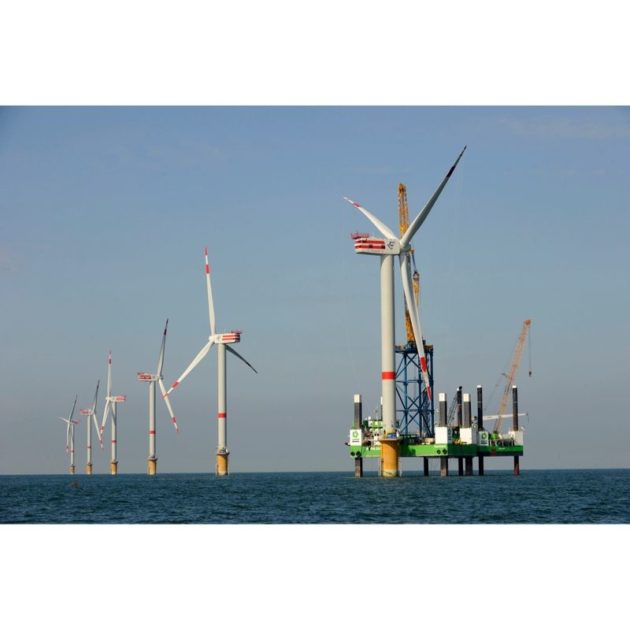Creating Transparency Around Offshore Wind’s Neglected Hazard

Mike Rice, Commercial Director, Dropsafe
Safety has always been a priority in the rapidly growing offshore wind sector, but in June the Global Offshore Wind conference in London saw the issue of Dropped Objects addressed on an industry panel for the first time. Alongside this, G+ published its annual Incident Data Report, stating that there were 66 dropped object incidents in 2018, representing a reduction of over 60% compared to 2017.
Despite this improvement, there is still a large amount of work to be done to understand the true scale of the Dropped Object risk in offshore wind and drive adoption of best practice prevention systems.
Statistics publicly available are often out of date, and most companies are reluctant to share this sort of information – or simply report it in different ways. Indeed, transparency and consistency in reporting are the biggest obstacles to improving the prevention of dropped objects in the wider energy industry.
Manufacturers of safety systems are continuously investing in research and development projects to provide the industry with the most robust Dropped Object prevention solutions, but without full visibility on the issues that offshore wind operators and technicians face throughout the construction, operations and maintenance phases, and the causes of these Dropped Objects, this development may be restricted.
More accurate and transparent reporting of near misses and incidents is vital for the offshore wind industry to proactively mitigate the threat of Dropped Objects.
At Dropsafe, we are determined that Dropped Objects do not remain a neglected hazard as the offshore wind industry matures and expands into new markets.
Our recent whitepaper ‘The Neglected Hazard’ details the extent of the challenge, what the regulatory situation is and how offshore wind can learn from other industries such as oil and gas when it comes to the best practice methods for mitigating Dropped Objects.
